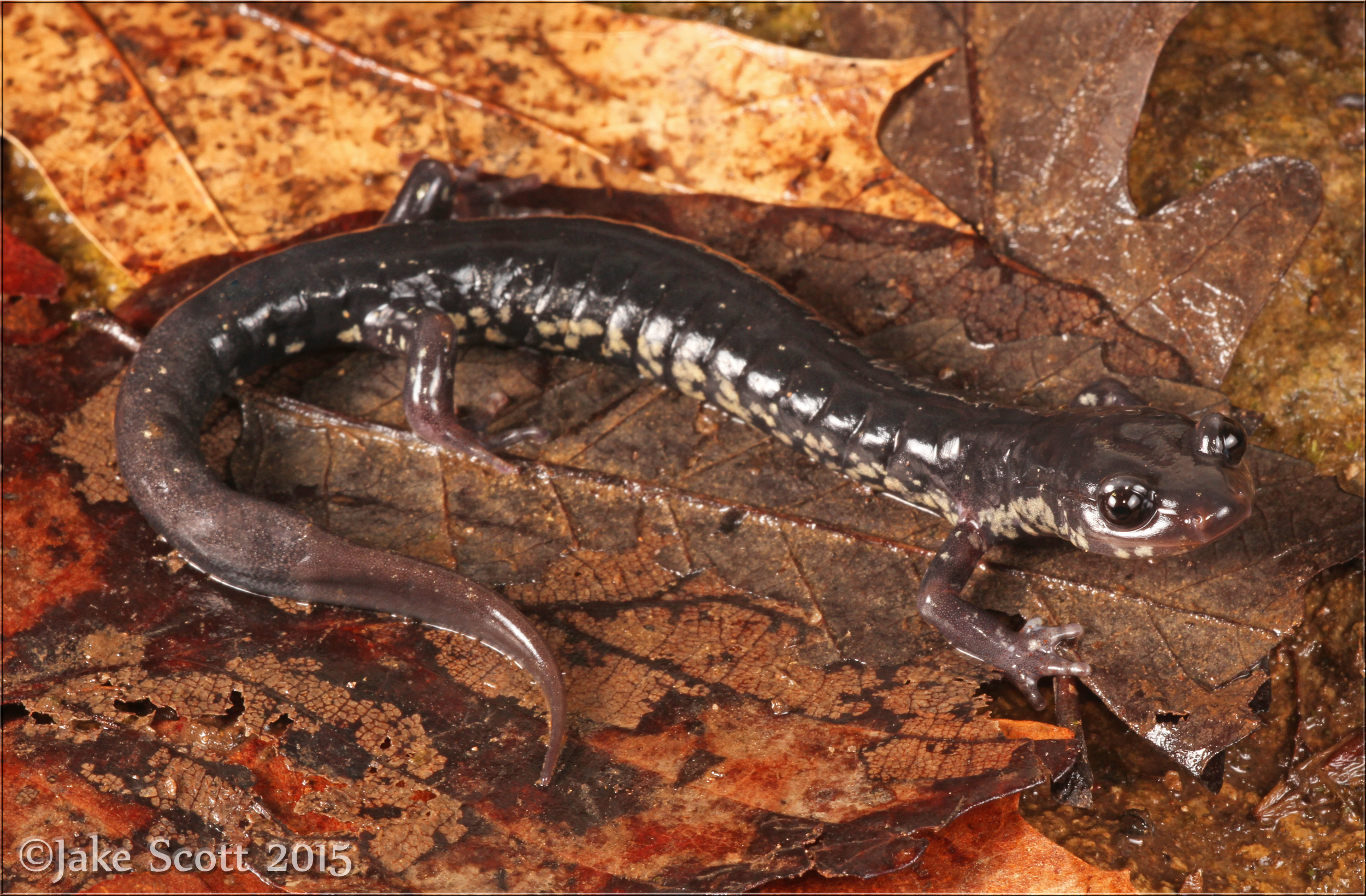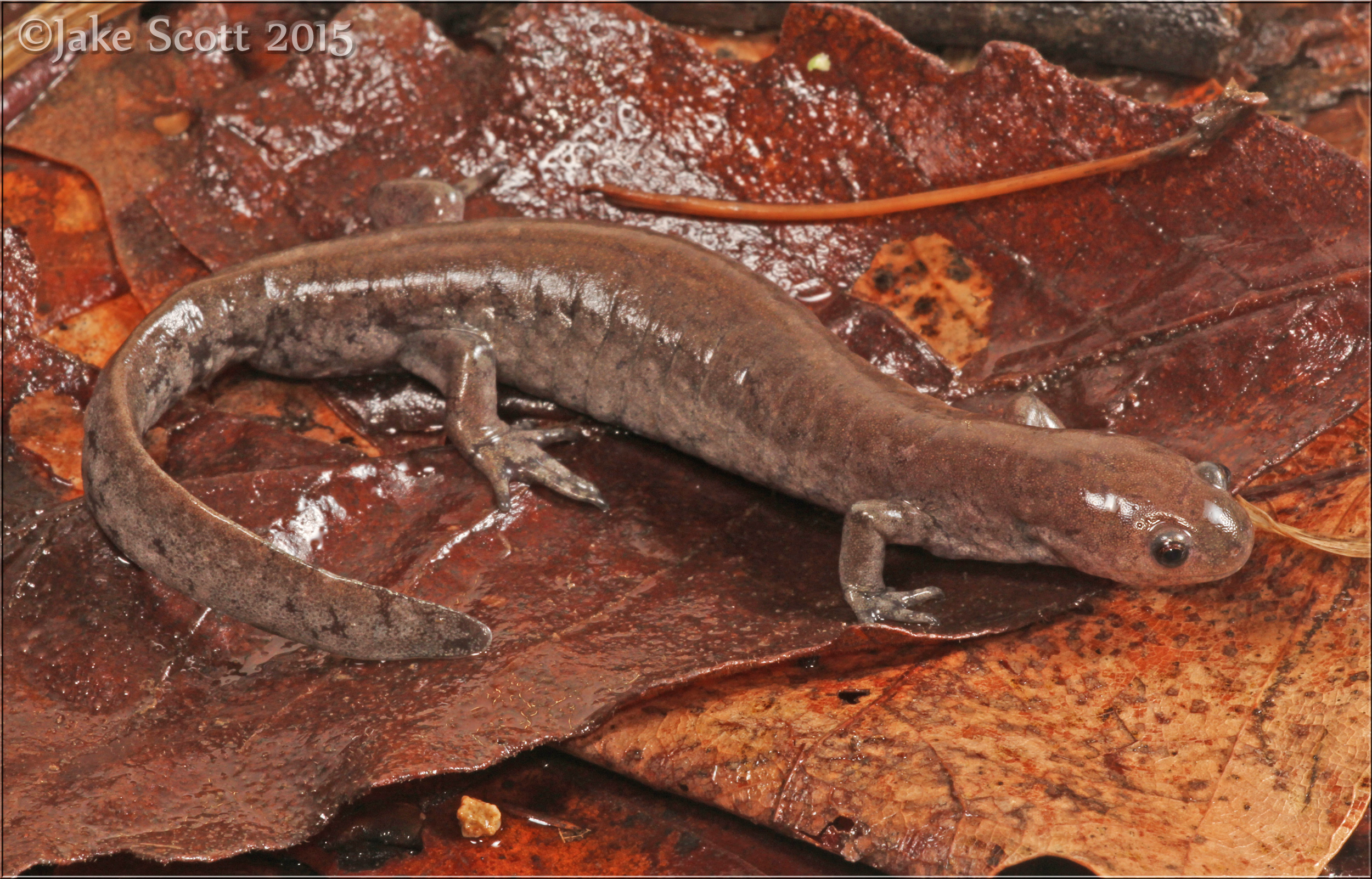Some herping trips take a great deal of planning, budgeting and forecasting, while others are a bit more spontaneous. This next trip was both. For me, I rarely think too far ahead about many things, including herp goals, but I had planned this trip months ahead. My companion, on the other hand, joined on a whim.
Sometimes fate seems quite real. My trip was planned and I was all but ready to go, when a day prior to my planned departure the transmission in my Jeep failed. That very day Don Filipiak called and wanted to get away from his insular home in the Florida Keys for a few days. I told him of my plans for the upcoming weekend and it seriously captivated him. The catch was, we would have to use his vehicle as mine was nothing more than a two ton radio at this point. He was alright with this idea so he scheduled his time off work and planned to meet me here in Gainesville, Florida early Thursday morning.
We left at an hour that is normally reserved for news paper deliveries and birders. Our first destination was Pigeon Mountain. This mountain is part of the Cumberland Plateau that runs from eastern Kentucky southwest into central Alabama, and more importantly, it is home to a profusion of herpetofauna; particularly salamanders. I have been to this mountain a dozen or so times and have found most of what it has to offer, but that does not stop me from enjoying it immensely each and every time.
We arrived at Pigeon Mountain 7 hours later and we immediately headed to a cave in search of the mountain's namesake salamander; the Pigeon Mountain Salamander (Plethodon petraeus) and cave's namesake salamander; the Cave Salamander (Eurycea lucifuga). We easily encountered these species, and a few Northern Slimy Salamanders (Plethodon glutinosus), took the photos, and left. The next location on the mountain were a few seeps, followed by a rock-laden stream. In the seep we found two adult Northern Red Salamanders (Pseudotriton r. ruber) and in the rocky creek we found many dozens of Spotted Dusky Salamanders (Desmognathus conanti) and one large adult dusky salamander eater, the Carolina Spring Salamander (Gyrinophilus porphyriticus dunni). Also found were several Southern Two-lined Salamanders (Eurycea cirrigera). All found at the stream edge under rocks. This concluded our first day and we headed for a hotel room for a shower, a bed and a beer (not necessarily in that order).
Pigeon Mountain Salamander (Plethodon petraeus)
Northern Slimy Salamander (Plethodon glutinosus)
Northern Red Salamander (Pseudotriton r. ruber)
Carolina Spring Salamander (Gyrinophilus porphyriticus dunni)
Cave Salamander (Eurycea lucifuga)
Southern Two-lined Salamander (Eurycea cirrigera)
Spotted Dusky Salamander (Desmognathus conanti)
When I planned this trip many weeks prior, I had no way of knowing that a massive frontal system from the Gulf of Mexico was going to rip through the whole eastern portion of the United States. Our next location was 5 hours north into the southern tip of Illinois and the rains had already begun there. Not a week prior a very large winter storm had left much of the state under several feet of snow so water was plentiful. The next target was the Small-mouth Salamander (Ambystoma texanum). The location where they breed is within the floodplain of a tributary that leads into a river. Our nightmare of complete failure due to inundation was soon brought to life as we drove over the Tennessee River bridge. It had severely breached its banks and the nearby agriculture fields were now below a ripping current.
Jeremy Schumacher and his son Joseph met us at a dirt parking lot at the end of a winding country road. He would be our tour guide into the uncertain floodplain. As he lead us down a hillside toward the river we noticed a few logs that looked good for anything that might want to escape the deluge below and the rain above. The second log we flipped we found a stunning young Spotted Salamander (Ambystoma maculatum). After a quick photoshoot with the salamander, we proceeded downward. As we got to a bridge that lead over a tributary, Jeremy stated that he had never seen the water this high. We continued into a mesic hardwood forest that we immediately noticed was more of a continuous watery basin. Mostly all of the suitable logs were submerged, and the ones that weren't only produced a few more Spotted Salamanders. We walked for an additional hour, flipping here and there, but found nothing. At this point the rain was getting heavy and we had to drive another 5 hours east into Kentucky for the evening. So we called it quits, said our goodbyes and thank yous in the parking lot and departed.
Spotted Salamander (Ambystoma maculatum)
I had talked to Jason Butler about this foray since its initial planning. I really wanted to see Streamside Salamanders (Ambystoma barbouri). This salamander was the real reason behind this whole endeavor and would be a lifer for both myself and Don. I figured we might as well make the most of it and get a few other caudates in the peripheral vicinity.
The combination of rain and warmth made for ideal salamander migrations. Jason mentioned a spot south Lexington he wanted to scout out, so we headed that direction. After what seemed like a fortnight we arrived at the hotel to check in prior to heading out to the road. After more delays from other guests checking in and far too many pleasantries between them and the concierge we finally had a room. It was getting late and Jason was already at the road so we bypassed dropping anything off at the room and headed towards his whereabouts. It was roughly a half hour from the hotel to the destination road and all along the way we were getting updates from Jason. He was texting me pictures of all the salamanders that he had already encountered. This only made us uneasy and anxious as we just knew as soon as we arrived the rain gods would hit the off switch. How wrong we were. We weren't even at the location when we saw our first salamander. It was a portly female Streamside Salamander. We didn't know how much time we would have later, so we took some quick photos and moved on. Not a mile down the road our next salamander gleamed in the headlights. This was a monster and the most unmistakable and recognizable species in the salamander world. A male Eastern Tiger Salamander (Ambystoma t. tigrinum) sat still on the wet tarmac before us. This was a lifer for Don and probably his biggest goal. I've seen my fair share of them between Maryland and Florida, but I never tire at the sight of this impressive animal. We still hadn't met up with Jason by the time we came across another Tiger Salamander, several more Streamside Salamanders and our third ambystomatid, the Jefferson Salamander (Ambystoma jeffersonianum). This salamander was another lifer for Don and a pseudo-lifer for me (I've seen them at the edge of their range in Maryland). Again we took photos and headed for the actual destination road and Jason. The cell phone service was next to nil, so that made for at least an hour of phone tag with Jason and several wrong turns. We did finally meet and we headed out in a single car. The night was truly an amazing sight to behold. We saw close to one hundred Streamside Salamanders, several dozen Jefferson Salamanders, Tiger Salamanders, Spotted Salamanders and Southern Two-line Salamanders in this quintessential herping evening. A mass migration like I've never seen before.
Streamside Salamander (Ambystoma barbouri)
Streamside Salamander Habitat
Jefferson Salamander (Ambystoma jeffersonianum)
Eastern Tiger Salamander (Ambystoma t. tigrinum)
We arrived back at the hotel around 2 a.m. at the edge of exhaustion. We walked into the room and quickly realized it might have been a good idea to check the room BEFORE we left for herping. Staring us in the face was one queen sized bed. One queen sized bed for the two of us. Our fatigue far outweighed our cares and the head-to-toe sleeping position was put into action.
Saturday morning we decided to head back for one more attempt at Small-mouth Salamanders in Illinois. We figured if there was nothing there to flip, and there was no place for them to hide, they had to be in the water. We picked a pool that looked optimal and began looking in the leaf litter that blanked the bottom. Almost immediately we found a lone male Small-mouth Salamander. We had no need to try for more and we also didn't want to disturb them further while they were breeding, so we photographed him, let him go back to his salamander business, and away we went.
Small-mouth Salamander (Ambystoma texanum)
We decided that we hadn't had enough, so we both resolved that heading back to Pigeon Mountain to try for a few other species was our best bet. We made it there sometime in the late afternoon. We drove up the mountainside, through a few switchbacks and parked the car. We were in search of Green Salamanders (Aneides aeneus) now. A denizen of the limestone formations and outcroppings that spatter the mountain. We hiked around for a couple of hours until we found the area we were looking for. The sun was already at the western horizon and flashlights were in hand. We found several right off the bat and by the end of the evening we had seen 10. Some were peaking out of cracks, others were deep down in bottomless fissures and some were right in plain sight on the rock face.
Green Salamander (Aneides aeneus)
The next day we drove the 430 miles to Gainesville, Florida where the trip had finally come to its closure - for me, not Don. He still had to drive an additional 400 miles to Key Largo. We are still texting each other asking "who's turn is it to buy gas?" All together we drove over 2,000 miles, covered five states and found 15 species of salamanders. I'm not sure we could ask for much more from this trip (except for sleep). It was something I will likely never be able to duplicate. I may never try.














